Depending on where you live in the country, the following winterizing suggestions may just be what you need. Or, you’ll need to print them out and save them for next year. Either way, these 19 tips are invaluable for preparing your yard and garden for a long, cold winter. By Doug Murray
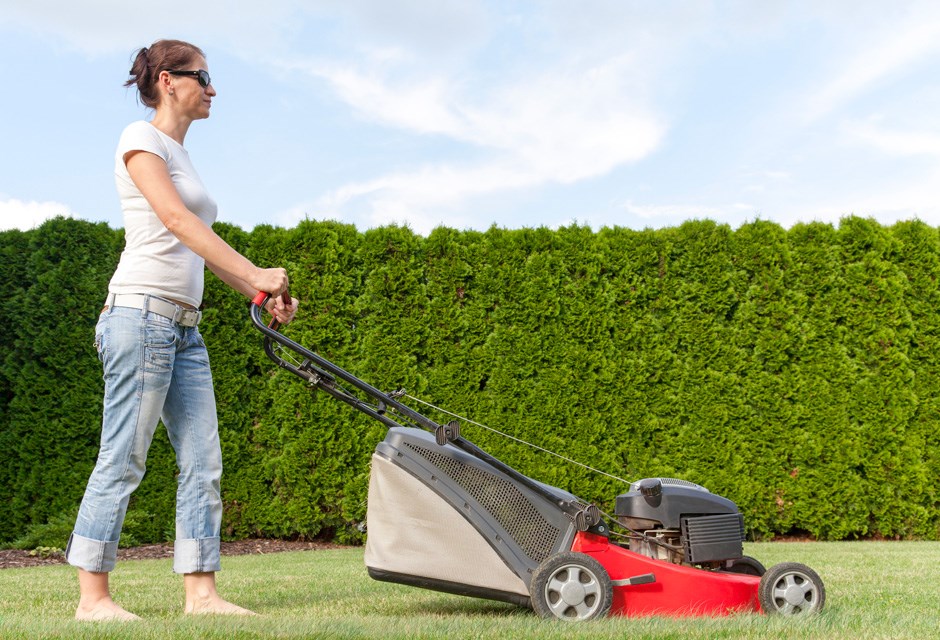
1. Mow the Lawn
It doesn’t get any simpler than this: mow your lawn. For the types of grass that grow in northern climes, you should mow right up until the ground freezes. According to Hoosier Homemade, the final cut should be the minimum height recommended for the variety of grass. The last mow will take care of any lawn litter and reduce possible fungus problems in the spring.
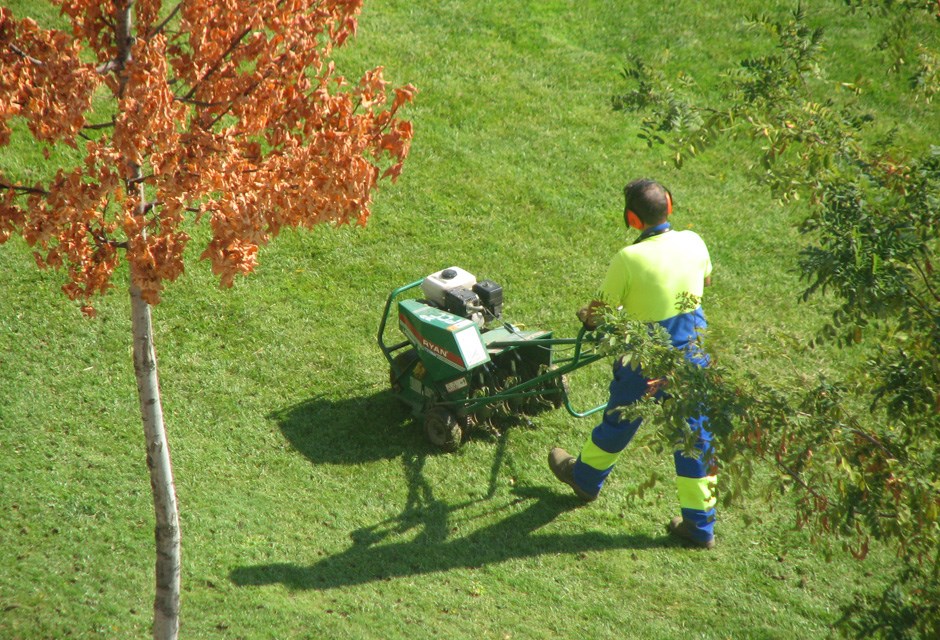
2. Aerate Your Lawn
If you’ve got high traffic areas on your lawn, you should aerate the compacted spots. According to Hoosier Homemade, this will create a better growing environment for grass roots.
Photo: Guipozjim/Wikimedia Commons

3. Fertilize Your Lawn
Don’t forget to fertilize in the fall. You should use a mix with a lower amount of nitrogen and more potassium to help roots fend off the deep winter chill.

4. Remove Leaves
Raking is a drag, but Hoosier Homemade says you need to remove leaves from your lawn to prevent smothering it. Mulching is an easier option, but you can’t leave it all to the last minute – as the mulch will be too thick and can also smother the grass.
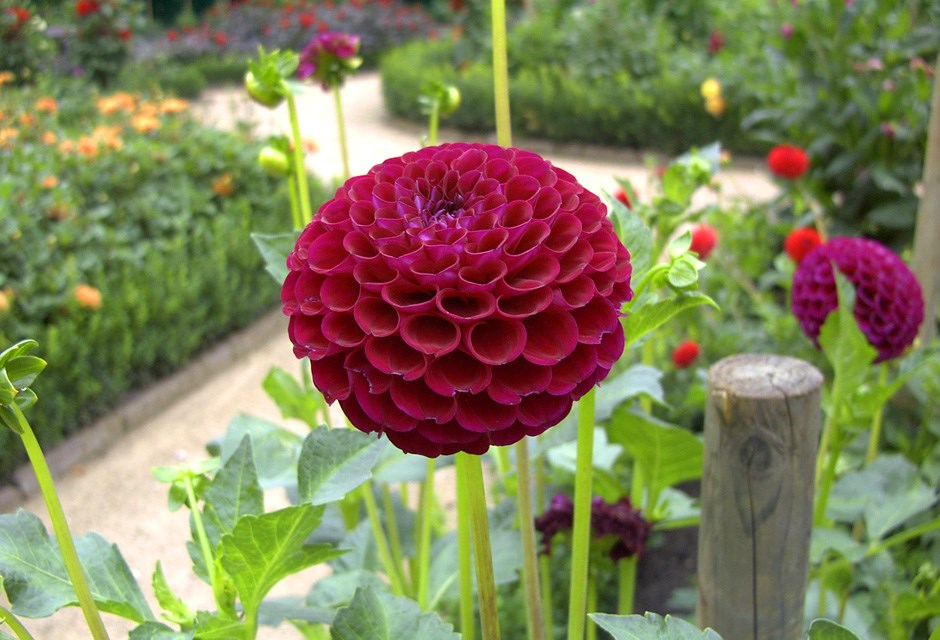
5. Prepare Perennials
Prune plants that need to be cut back in the fall, but don’t bother for any perennials that can wait until spring. This will help them survive the depths of winter.
Photo: Vulkan/Uwe H. Friese/Wikimedia Commons

6. Control Weeds
The best time of year to control perennial weeds, says Hoosier Homemade, is in the fall. Like your perennials, weeds are saving up their energy and nutrients for the winter. Weed killer applied in the autumn will go straight to the heart of the weed for maximum control.

7. Compost Your Garden
After the harvest has come and gone, be sure to pull all your seasonal garden plants out of the ground and toss them in your compost bin. Hoosier Homemade recommends adding a little lime or composted manure to help speed the process.

8. Prepare Your Garden
Don’t forget to put a layer of leaves or straw on any garden plants that are spending the winter outdoors.

9. Remove Deadwood
Hoosier Homemade says you should clear deadwood from trees and woody perennials before the snow flies. This will help ensure happier and healthier plants in the spring.
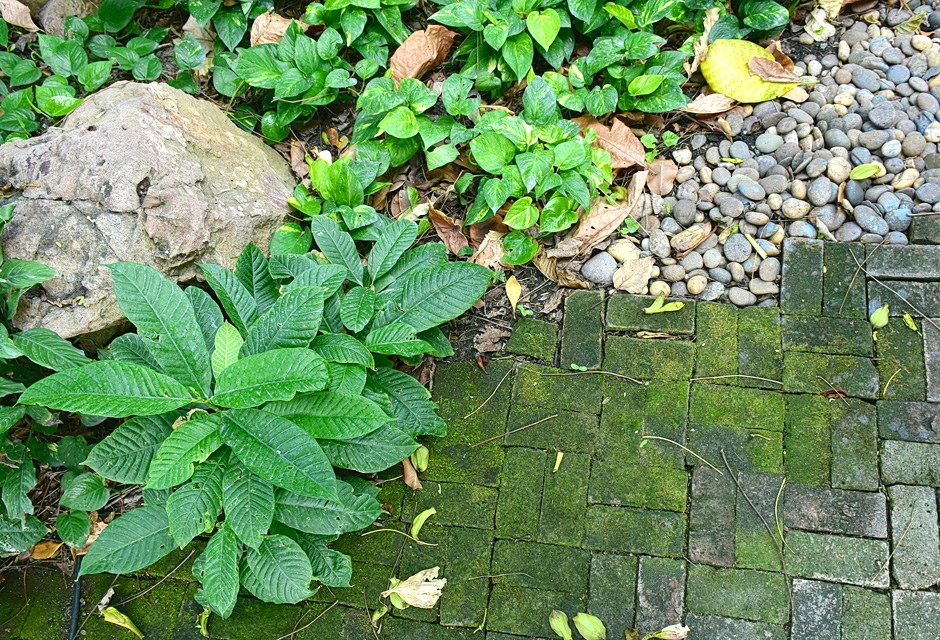
10. Fight Moss
If you’ve got patches of moss here and there, apply moss killer at the end of autumn.
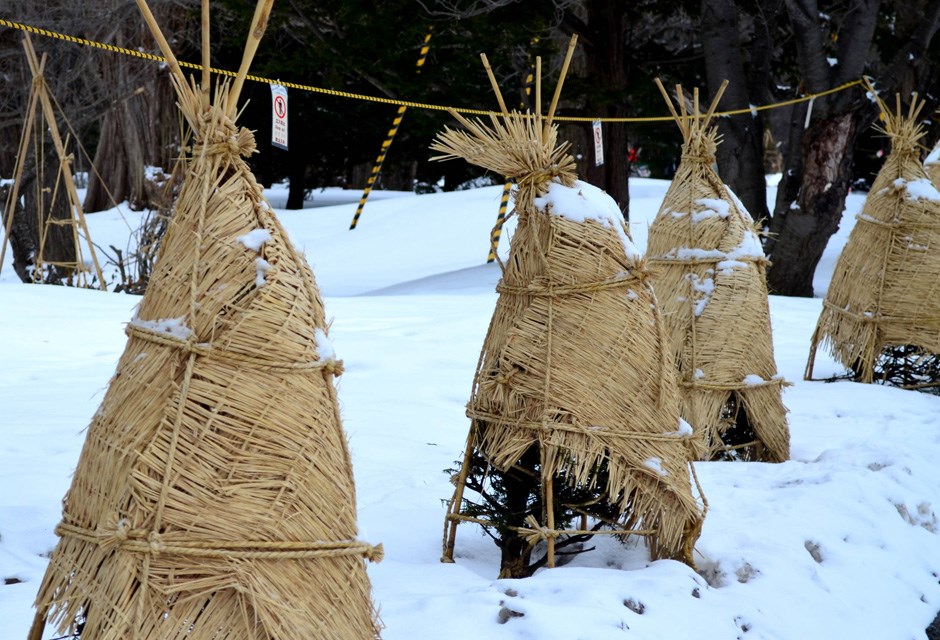
11. Prep Trees
Trees don’t need a ton of winter preparations, but you should wrap or screen younger trees and shrubs to protect them from the elements and bugs.
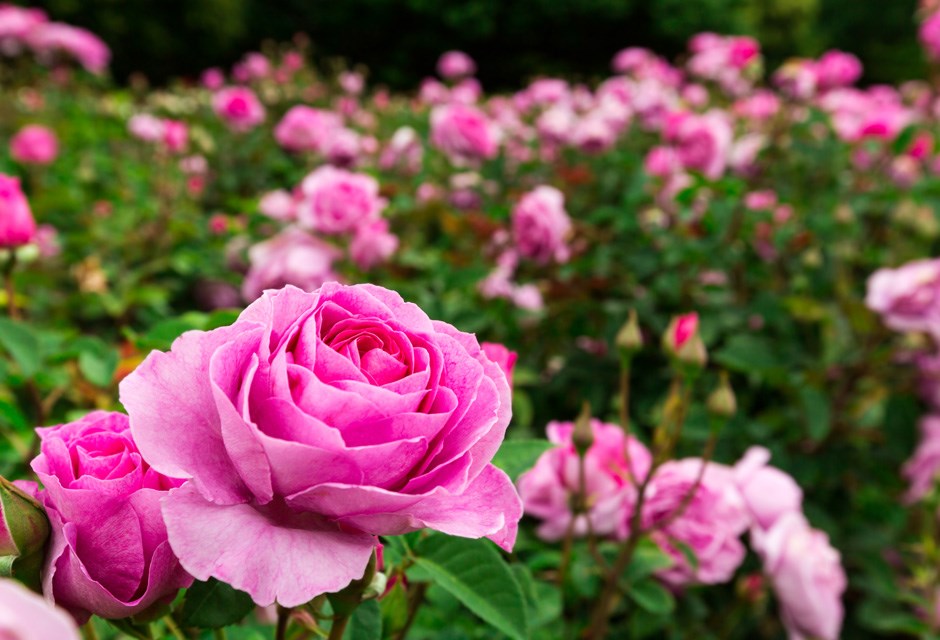
12. Winterize Roses
Clean the ground around your roses and add fresh mulch before the first heavy frost. However, Better Homes and Gardens says that if you have a rodent problem, wait until the ground is frozen before adding mulch. Give the plant a good watering and add more mulch after each freeze.

13. Remove Annuals
Once temperatures drop below freezing, your annuals should be all but done. Yank ’em out and toss them in the compost bin with the garden leftovers.
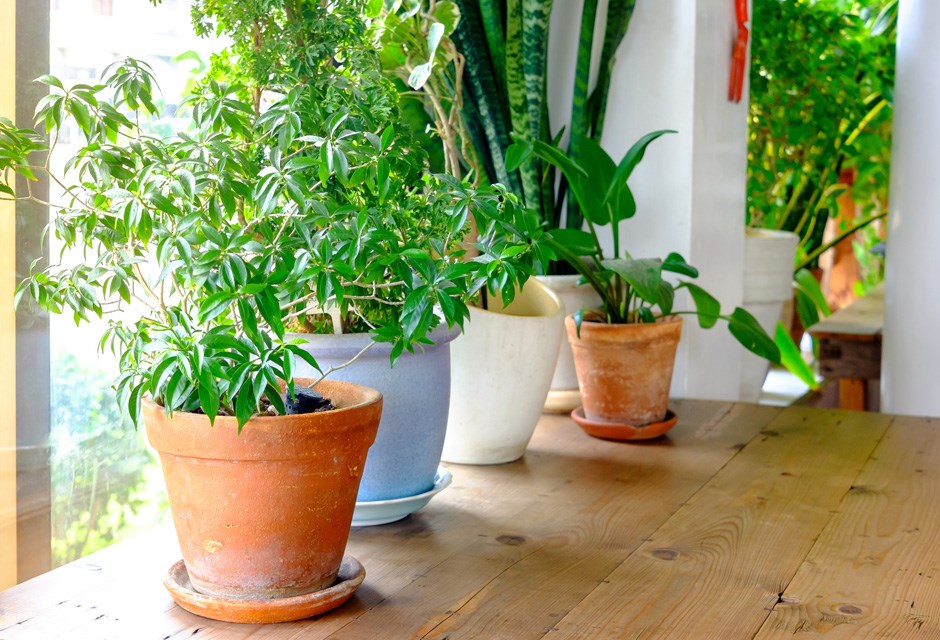
14. Protect Potted Plants
If you have perennials in pots, they’ll need extra protection because they don’t have much insulation. Move them to a sunny spot and cover the pots with mulch.

15. Bring Houseplants Inside
If you keep houseplants outside, you should bring them in before it gets too chilly. Put them near a window and don’t over-water.

16. Prep Compost Pile
Turn your compost pile (and continue to do so all winter). If you experience really cold winter weather, put a layer of straw or leaves on top of the pile to help insulate it.
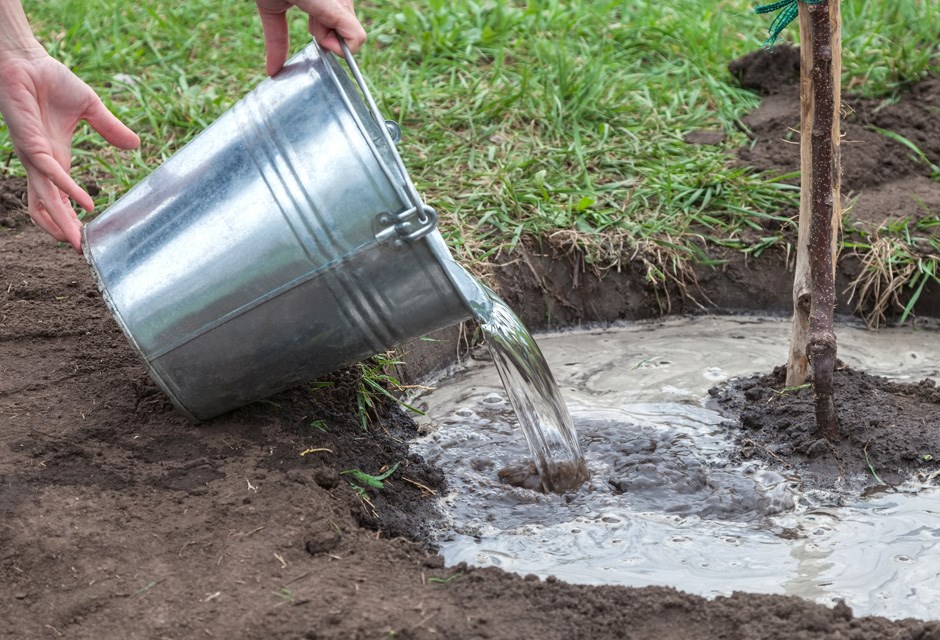
17. Water Trees
Another tree tip: If you’ve planted new trees in the fall, make sure you give them a really good watering. If it warms up over the winter and there’s no snow, you can give young trees a mid-winter drink.
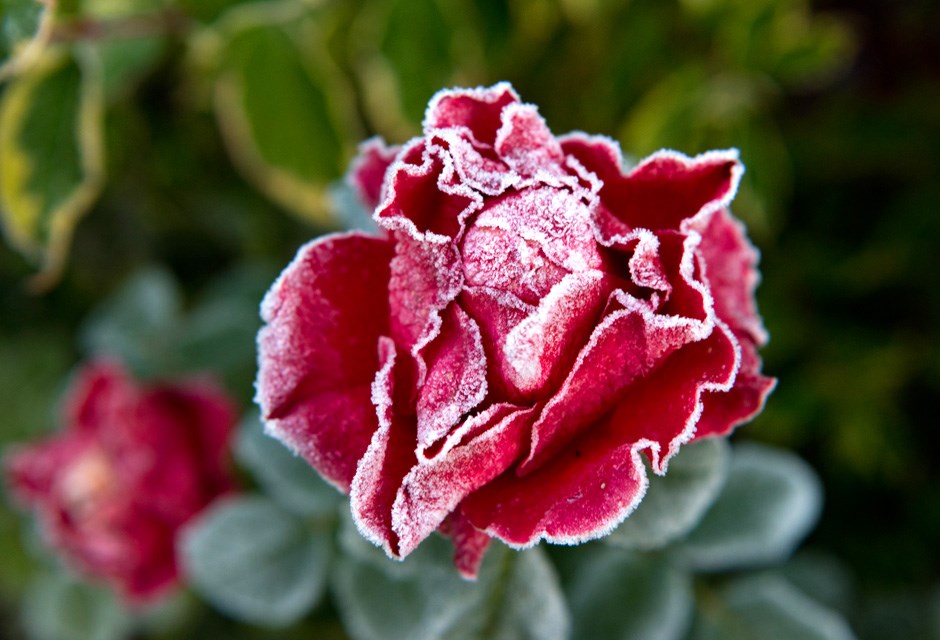
18. Don’t Plant too Late
Adding new plants around your property gets dicey if you leave it too late. Experts recommend planting everything six weeks before the ground freezes.

19. Don’t Walk on Frosty Grass
Walking around on crunchy, frosty grass might be fun, but it’s terrible for your lawn. You can easily break the blades and cause damage to the grass crowns. Look, don’t touch!
HGTV your inbox.
By clicking "SIGN UP” you agree to receive emails from HGTV and accept Corus' Terms of Use and Corus' Privacy Policy.





